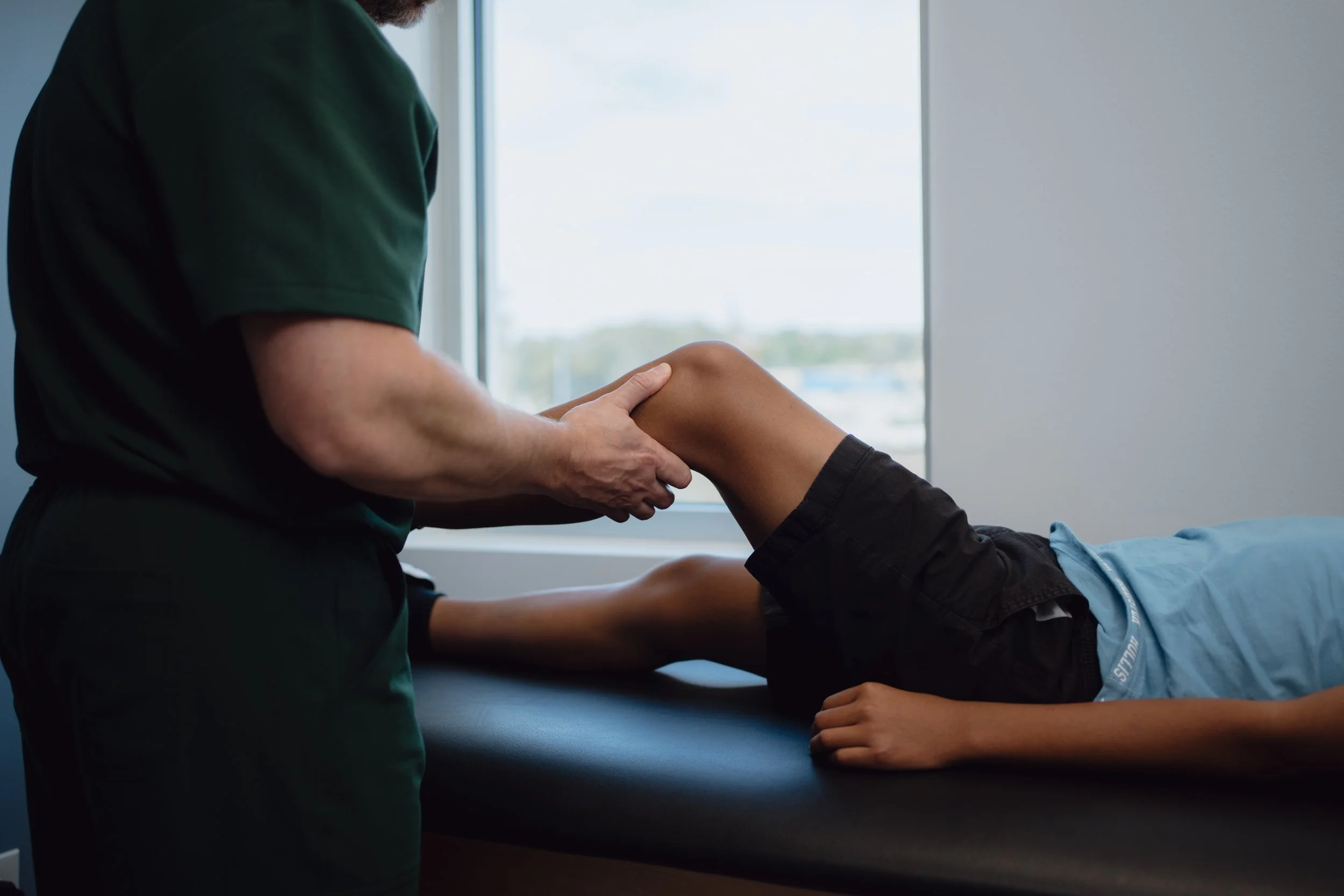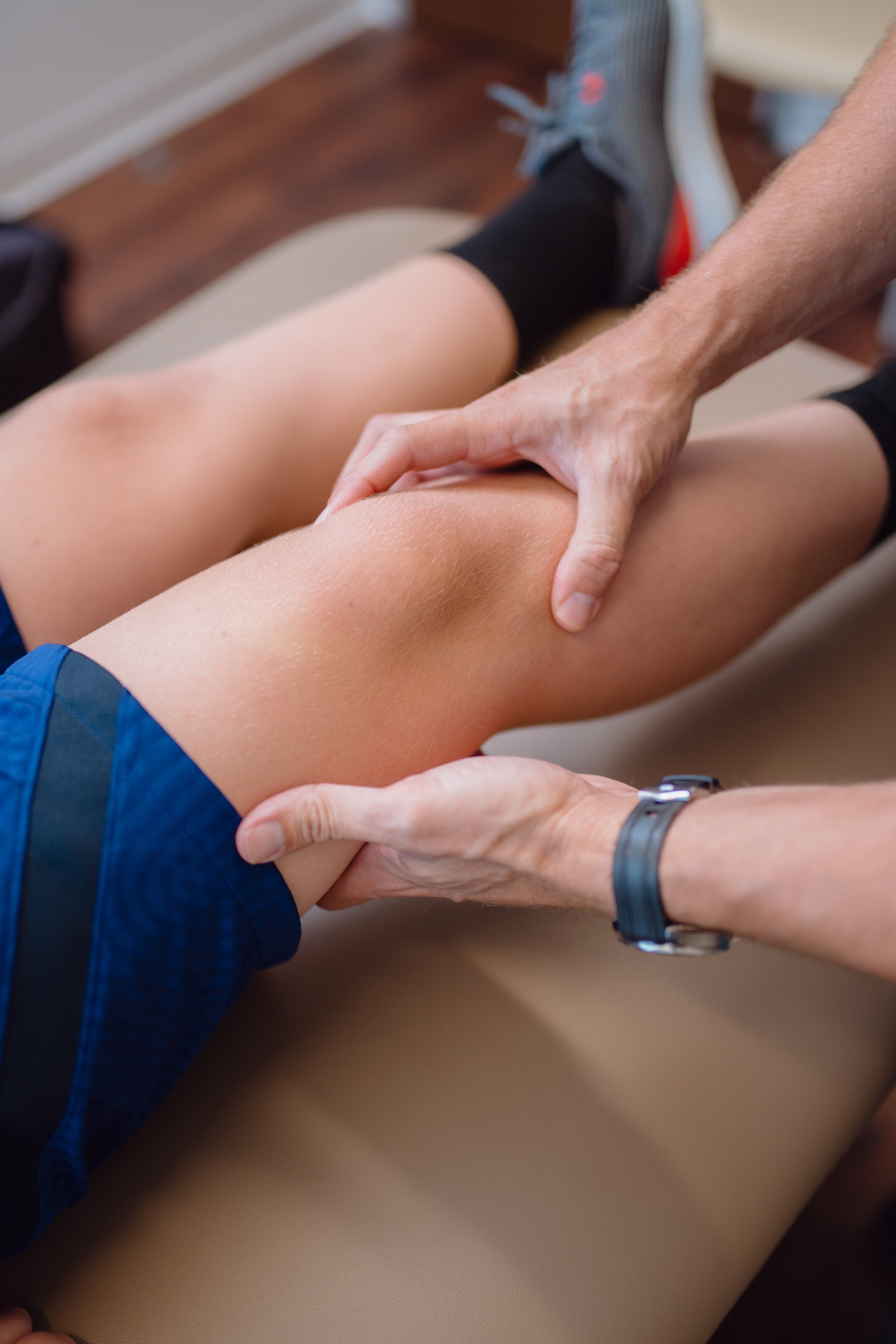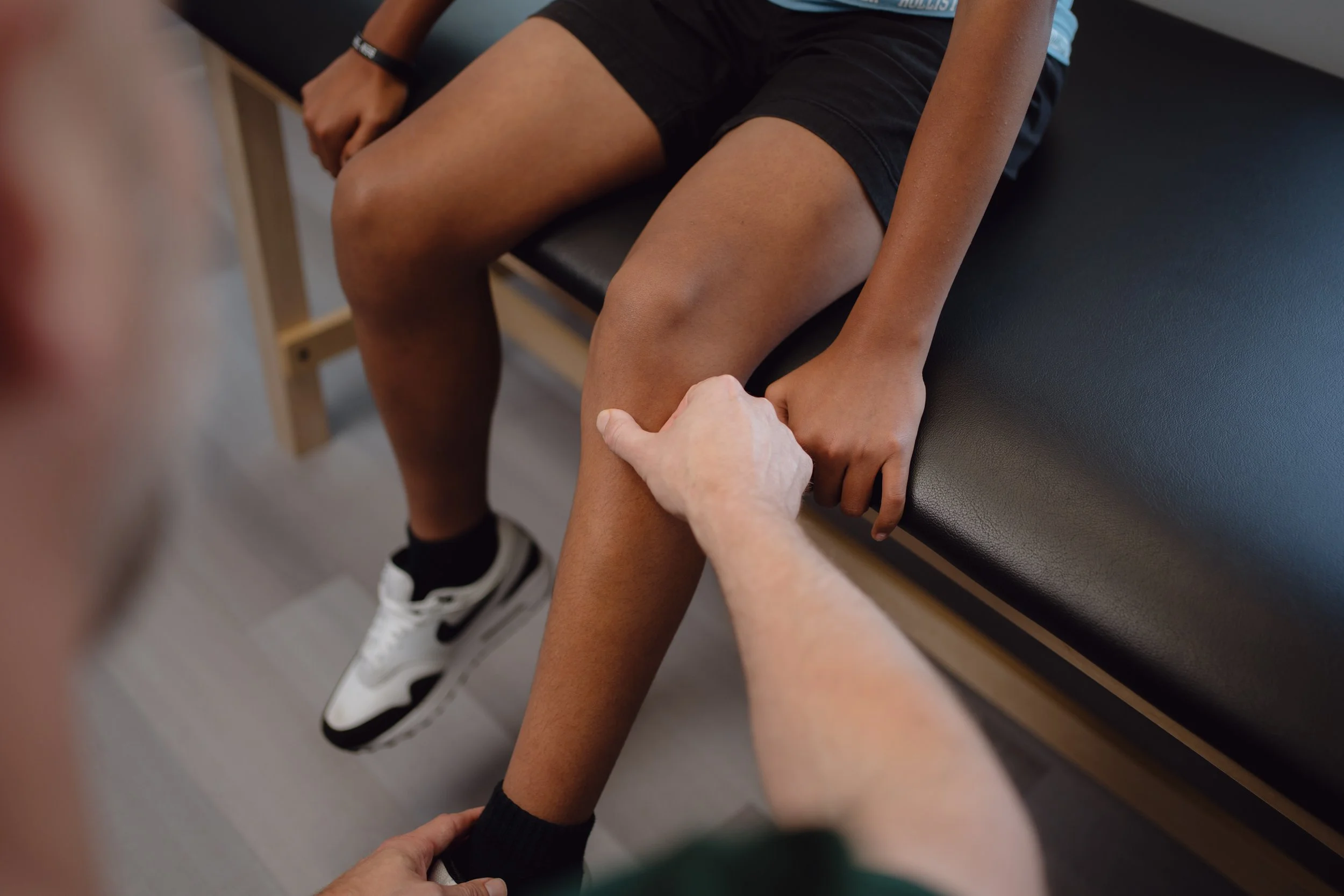
Knee Cartilage Injury Treatment In San Antonio
What is a Knee Cartilage Injury?
Knee cartilage injuries occur when the smooth, flexible tissue that cushions the knee joint becomes damaged. Cartilage plays a vital role in absorbing shock, reducing friction, and ensuring smooth joint movement. When injured, it can cause pain, swelling, stiffness, and limited mobility, ultimately affecting overall joint function and quality of life.
The Two Main Types of Knee Cartilage
-
Articular Cartilage
This smooth, protective tissue covers the ends of the bones within the knee joint, allowing for fluid, pain-free movement. When damaged, it can lead to chondral injuries, which may contribute to joint pain, stiffness, and an increased risk of arthritis over time.
-
Meniscus
These C-shaped cartilage structures serve as essential shock absorbers between the femur and tibia, helping to distribute weight and stabilize the knee joint. Meniscus tears are among the most common knee cartilage injuries, frequently occurring in athletes and individuals with degenerative joint conditions.
Knee cartilage injuries can result from sudden trauma, repetitive strain, or gradual degeneration. Whether caused by a single injury or years of wear and tear, they can significantly impact mobility and joint function.
Sports Injuries – Sudden twists, high-impact collisions, or excessive force from activities like basketball, soccer, and football.
Trauma or Accidents – Falls, car accidents, or direct blows to the knee.
Wear and Tear – Repetitive movements and aging gradually degrade cartilage, increasing the risk of injury.
Obesity – Excess body weight places additional stress on the knee joint, accelerating cartilage breakdown.
Joint Misalignment – Structural abnormalities create uneven pressure on the cartilage, leading to deterioration.
What Causes Knee Cartilage Injuries?
Symptoms of knee cartilage injuries can vary from mild discomfort to significant mobility limitations. The severity of the injury largely depends on the extent of the damage and how quickly it progresses over time.
Pain – Discomfort when bending, kneeling, or bearing weight.
Swelling and Stiffness – Inflammation that restricts movement.
Clicking, Popping, or Locking – A sensation of the knee catching or getting stuck.
Reduced Range of Motion – Difficulty fully straightening or bending the knee.
Weakness or Instability – The knee may feel like it could give out.
Grinding Sensation – A rough or gritty feeling inside the joint.
Symptoms of a Knee Cartilage Injury
Treatment Options for Knee Cartilage Injury
The best treatment for a knee cartilage injury depends on the severity of the damage, the symptoms, and the overall health of the joint. Treatment options range from non-surgical approaches to advanced surgical procedures, all aimed at restoring function and relieving pain.
Non-Surgical Treatment Options
Rest & Activity Modification – Avoiding high-impact activities to prevent further damage.
Physical Therapy – Strengthening muscles around the knee for better support and stability.
Medications – NSAIDs to reduce pain and inflammation.
Injections – Corticosteroids for inflammation or hyaluronic acid for joint lubrication.
Bracing & Support – Providing knee stability and reducing strain on the cartilage.
Surgical Treatment Options
Arthroscopic Surgery – Minimally invasive procedure to remove damaged cartilage and smooth the joint.
Meniscus Repair or Partial Meniscectomy – Repairing or trimming torn cartilage based on severity.
Microfracture Surgery – Stimulating new cartilage growth by creating tiny holes in the bone.
Cartilage Preservation & Realignment Procedures – Addressing patellar instability or correcting joint alignment to reduce stress on cartilage.
knee Cartilage Repair & Recovery
After treatment, whether surgical or non-surgical, recovery will focus on restoring strength and function to the knee. Dr. Rush provides personalized knee cartilage repair programs to ensure a smooth recovery. This may include:
Physical Therapy: To regain range of motion and strength
Gradual Return to Activity: To prevent reinjury, your return to sports or activity will be carefully monitored and planned
Ongoing Monitoring: Follow-up visits will track progress and make adjustments to the treatment plan as needed.
Root Meniscus Surgery and Recovery
“I'm here, I'm back, I'm better, I'm stronger, getting back to my full limits, I started playing 90 minute games again.”
- Kibukila
other Knee Conditions Treated by Dr. Rush

Meet Your Knee Specialist, Dr. Rush
Dr. Jeremy K. Rush, MD, FAAP, is San Antonio's only orthopedic surgeon who is Dual-Fellowship Trained in pediatric orthopedic surgery and sports medicine. He specializes in arthroscopic surgery of the knee, shoulder, elbow, and ankle, as well as the treatment of fractures and other injuries in young athletes.




